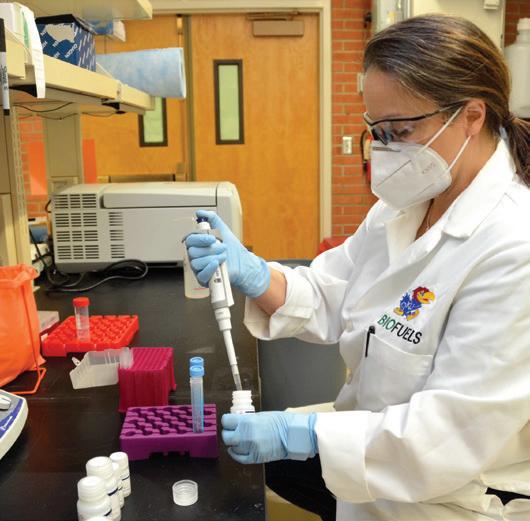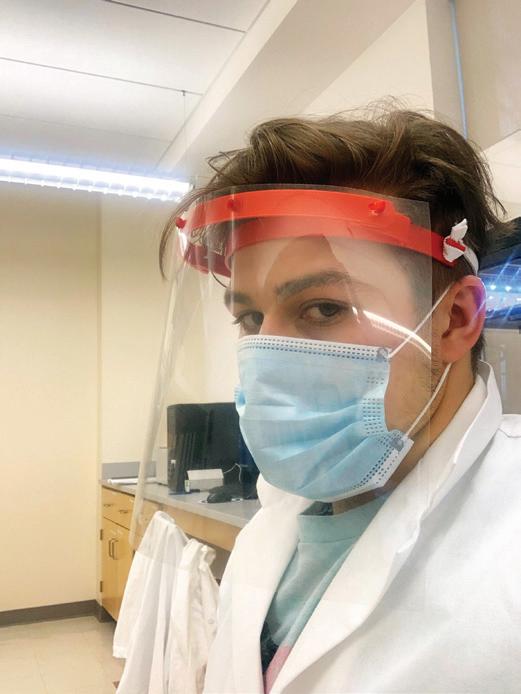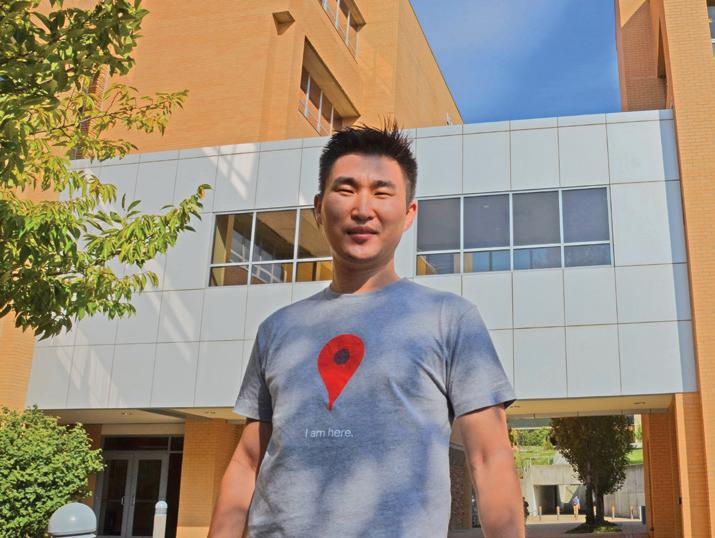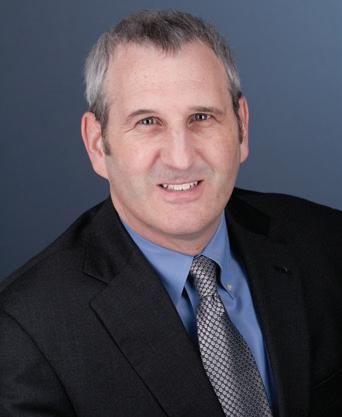
2 minute read
KU Engineering Produces Personal Protective Equipment to Aid Health Care Workers
few cases in a large urban wastewater system? Can it give an accurate sense of how widespread an outbreak is in the community?
“We don’t want false negatives, and we don’t want false positives,” Sturm said. “It’s like looking for a needle in a haystack.”
Advertisement
Sturm wanted to emphasize that observing viral RNA in wastewater does not imply that the wastewater is infectious. According to the Centers for Disease Control website, researchers do not know whether this virus can cause disease if a person is exposed to untreated wastewater or sewage systems. There is no evidence to date that this has occurred.
KU and KDHE are sharing their results with other researchers nationwide in order to help develop best practices for detecting and fighting the virus. That should benefit the state of Kansas, Sturm and Stiles said.
“This is part of a wide initiative across the world,” Sturm said. “Across the U.S. there are a lot of folks like me who are doing this, and we’re talking together. A lot of academics are exchanging knowledge right now, in real time—we usually wait to publish. From a science perspective, it’s really cool to see our scientific infrastructure respond to this crisis.”
Professor Belinda Sturm analyzes a sample from a Kansas wastewater treatment plant to help detect the presence of COVID-19.
KU School of Engineering Produces Personal Protective Equipment to Aid Health Care Workers
by Joel Mathis
When the coronavirus pandemic led to the abrupt shutdown of in-person courses in the spring of 2020, KU Engineering faculty, staff and graduate students quickly transitioned to contribute to the fight against the COVID-19 by devoting skills and resources to produce personal protective equipment (PPE) for medical professionals.
Faculty, graduate students and staff in chemical and petroleum engineering and mechanical engineering produced face shields and the headbands that hold them in place. Faculty in aerospace engineering designed a new, lightweight polycarbonate face shield that is more comfortable and easier to clean. “The School of Engineering continues the challenging work of adapting to circumstances and serving our community,” said Candan Tamerler, associate dean for research at the School of Engineering. “I am proud of our resilience, resourcefulness and generosity. It’s a powerful reminder of who we are.”

Submitted Photo
Bryce Stottlemire, graduate student in chemical and petroleum engineering, displays a face shield he designed and fabricated in Professor Mei He and Professor Cory Berkland’s labs.










